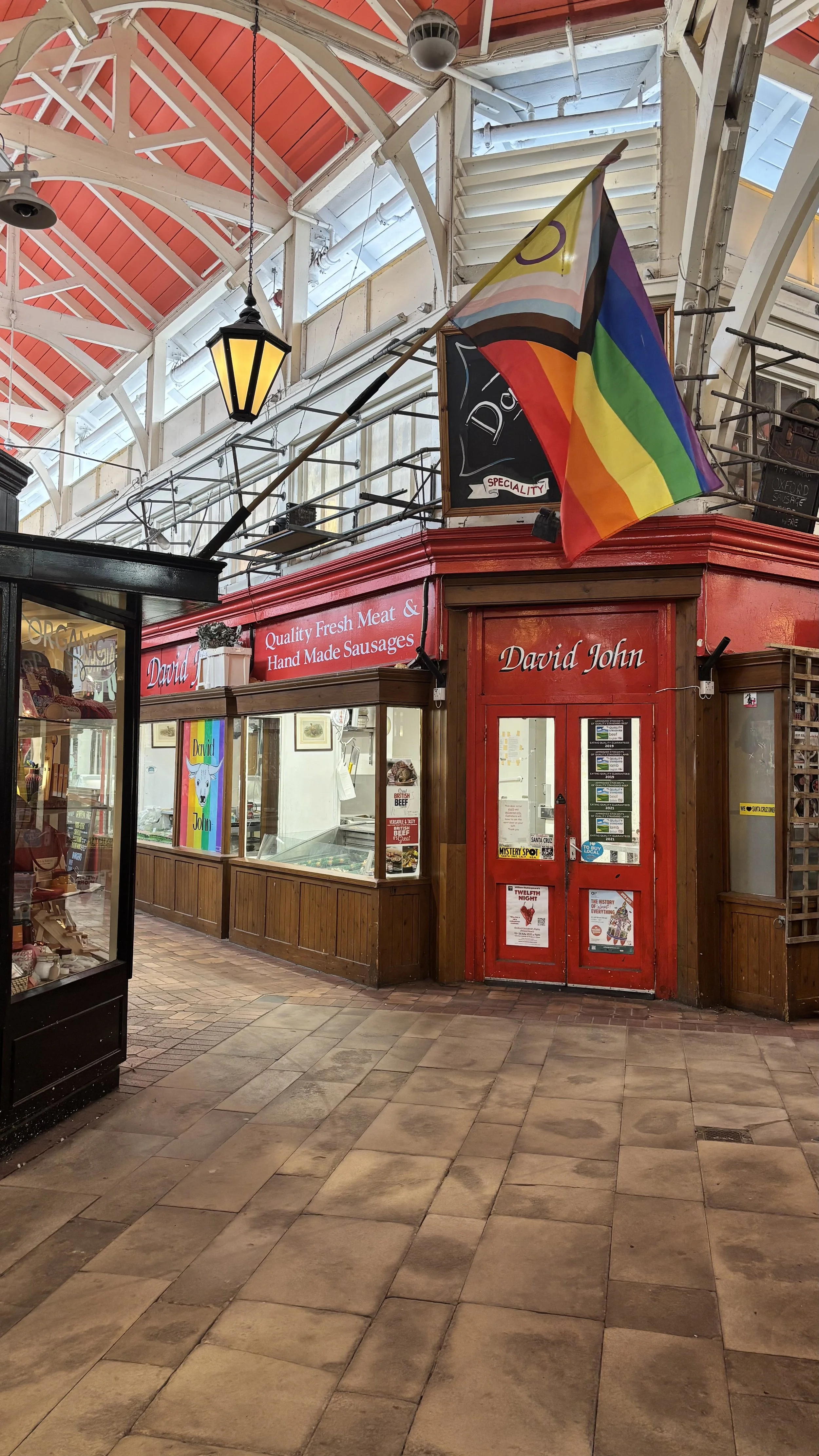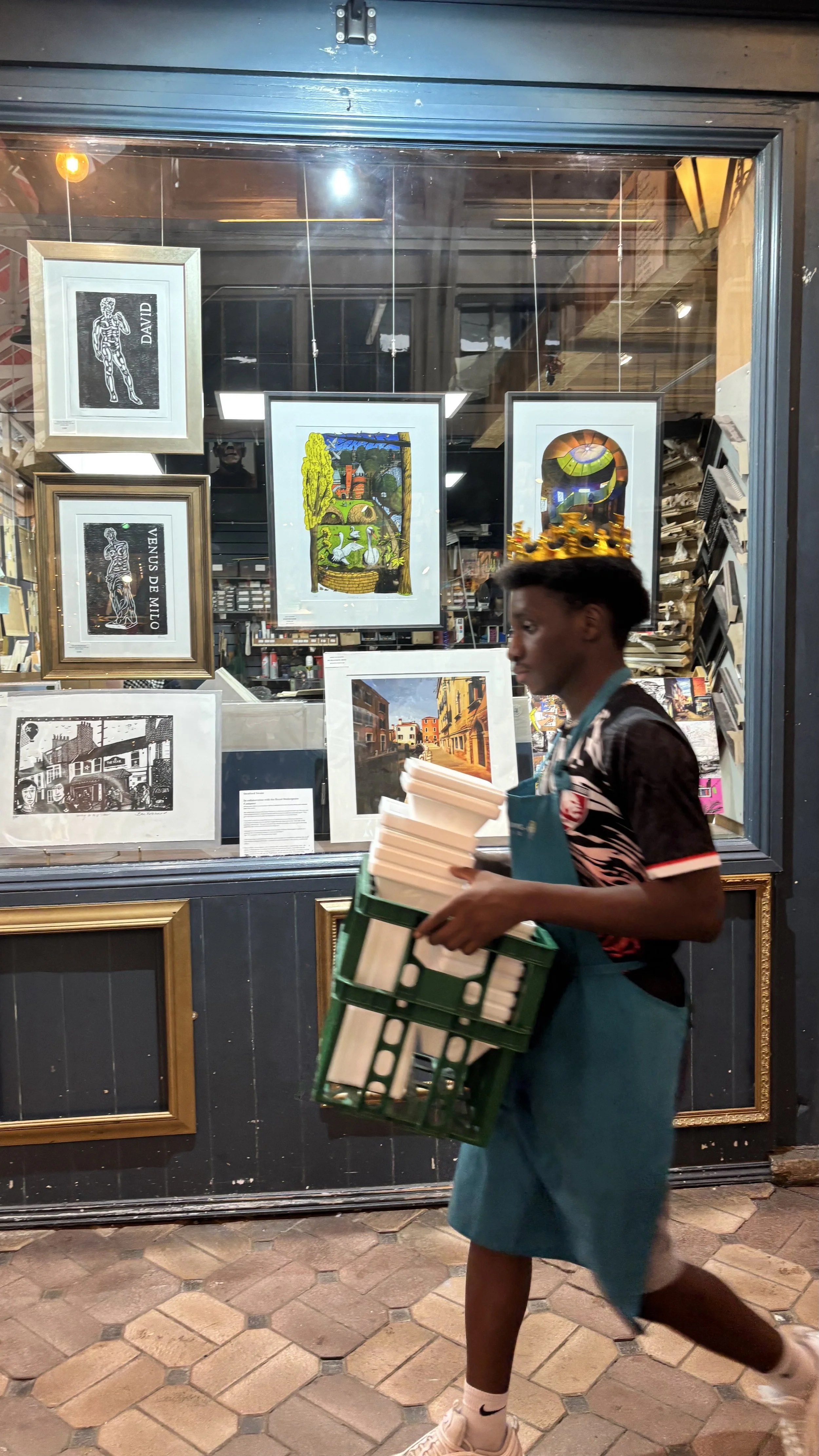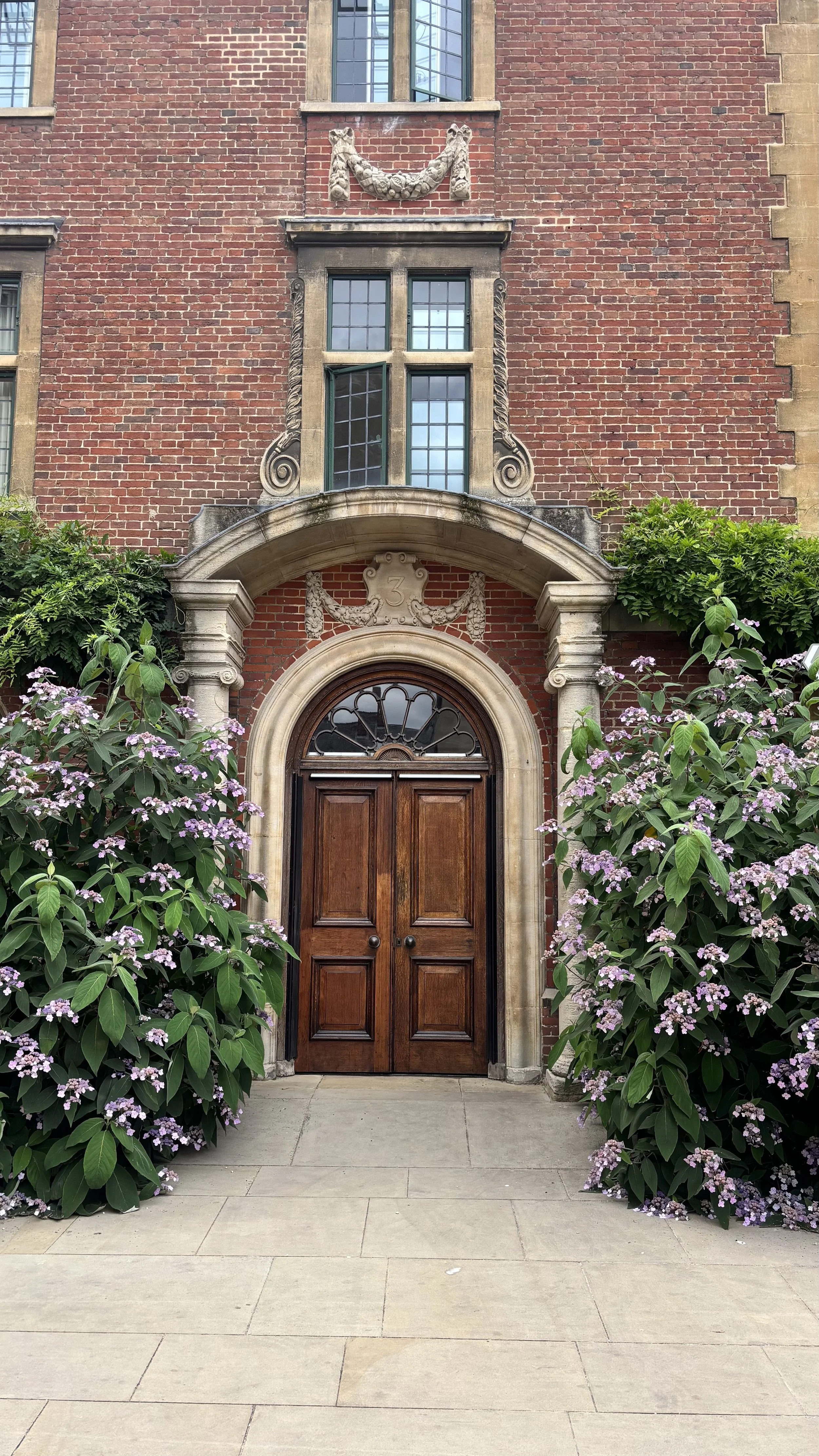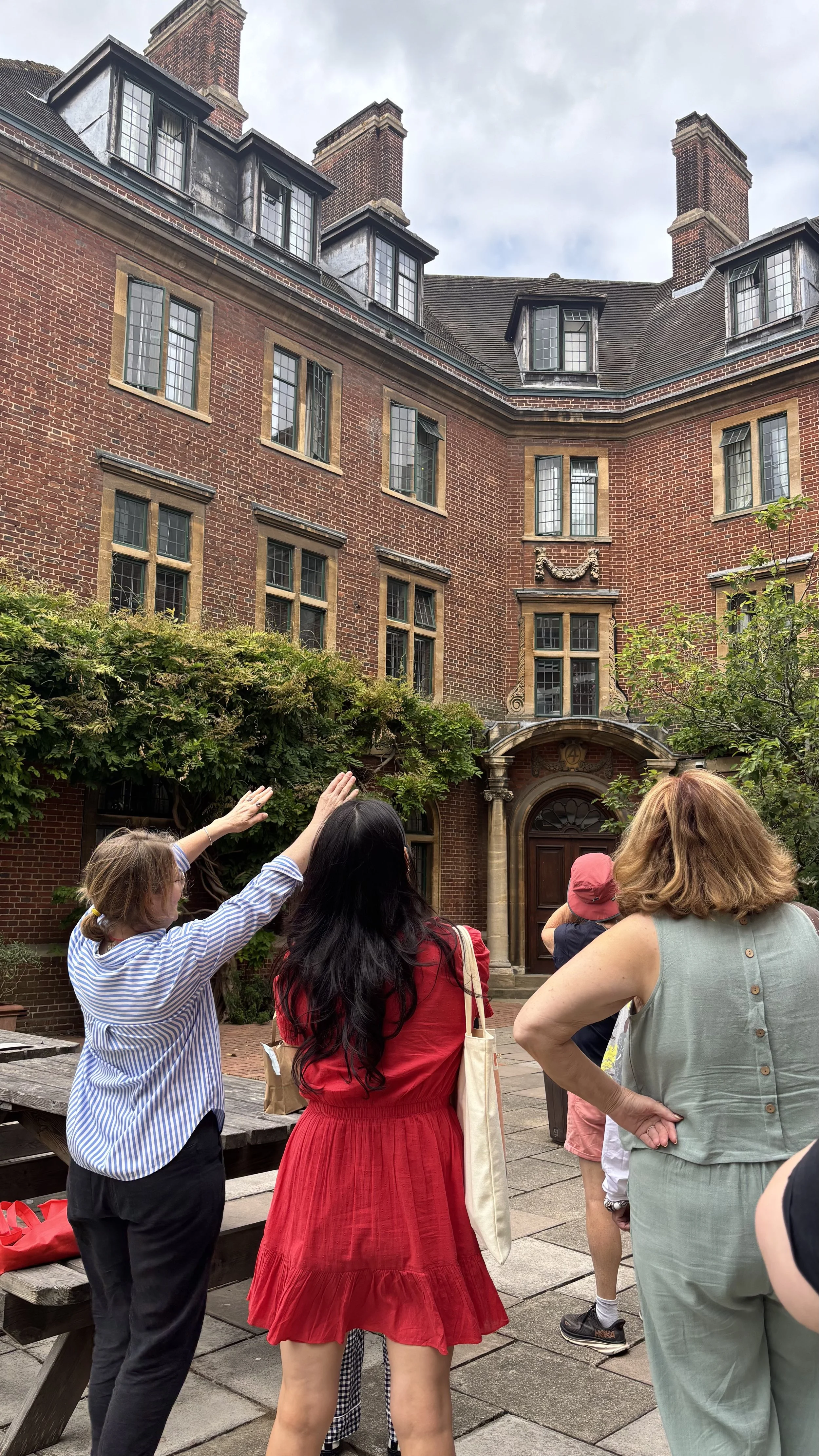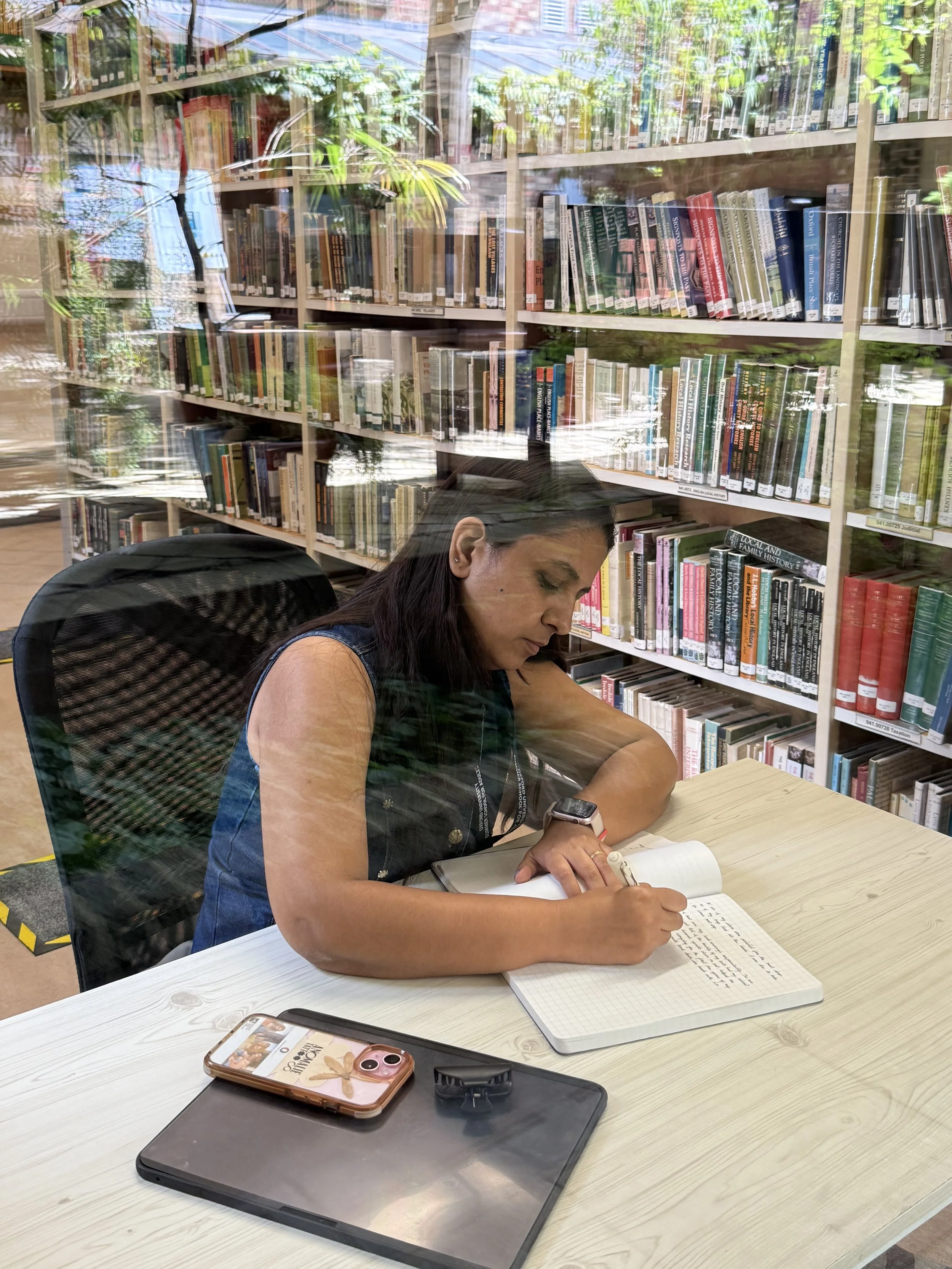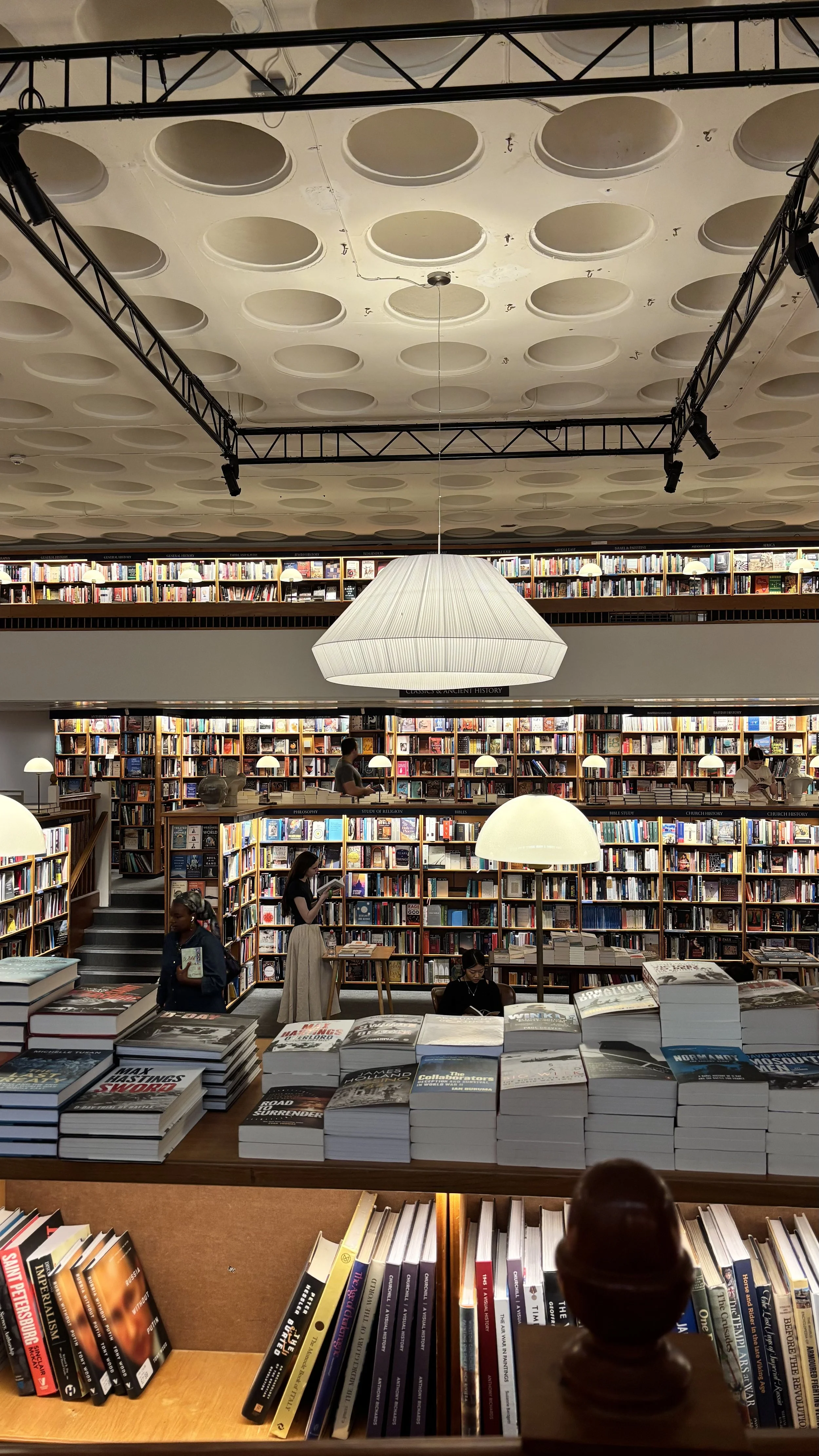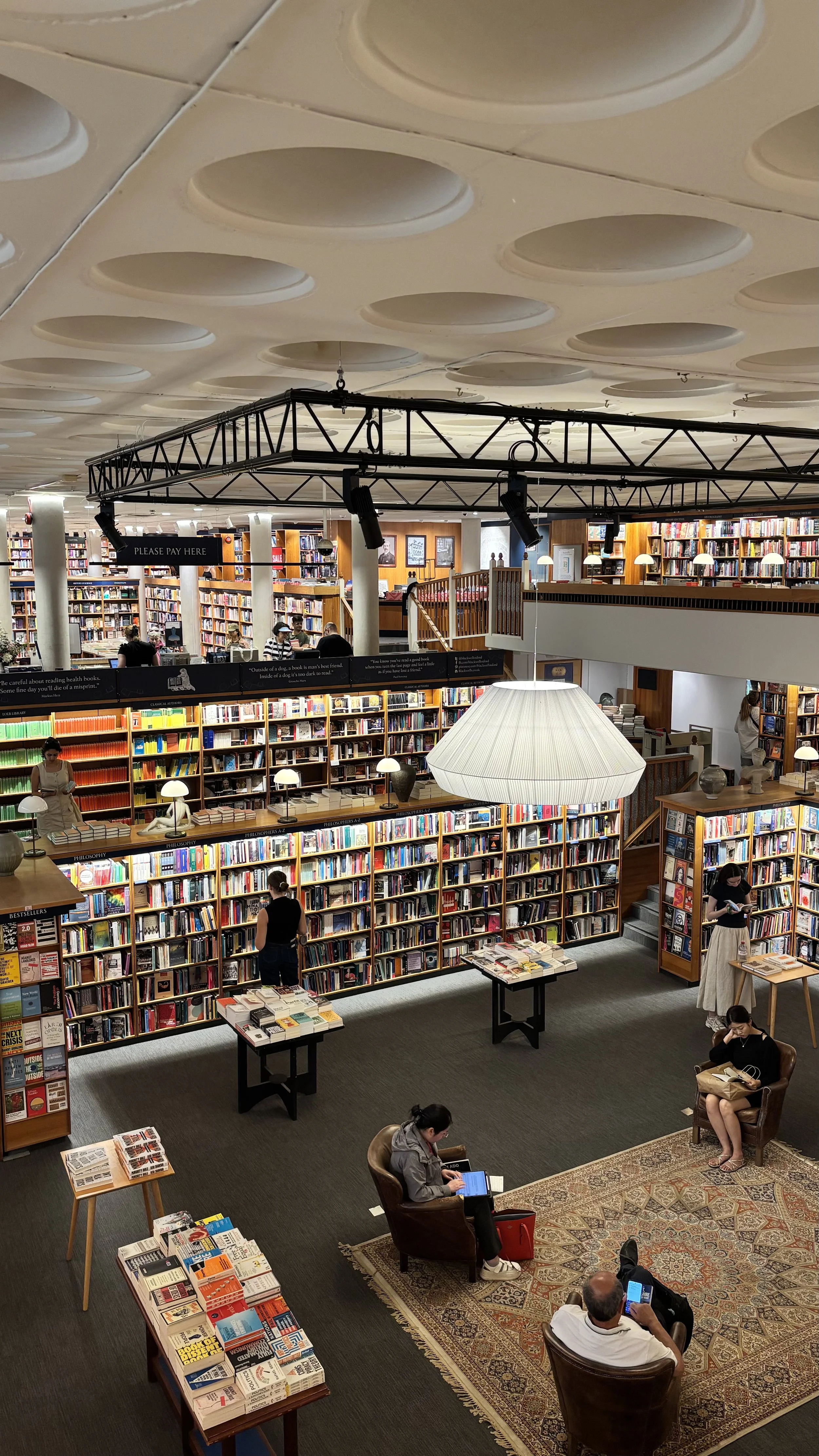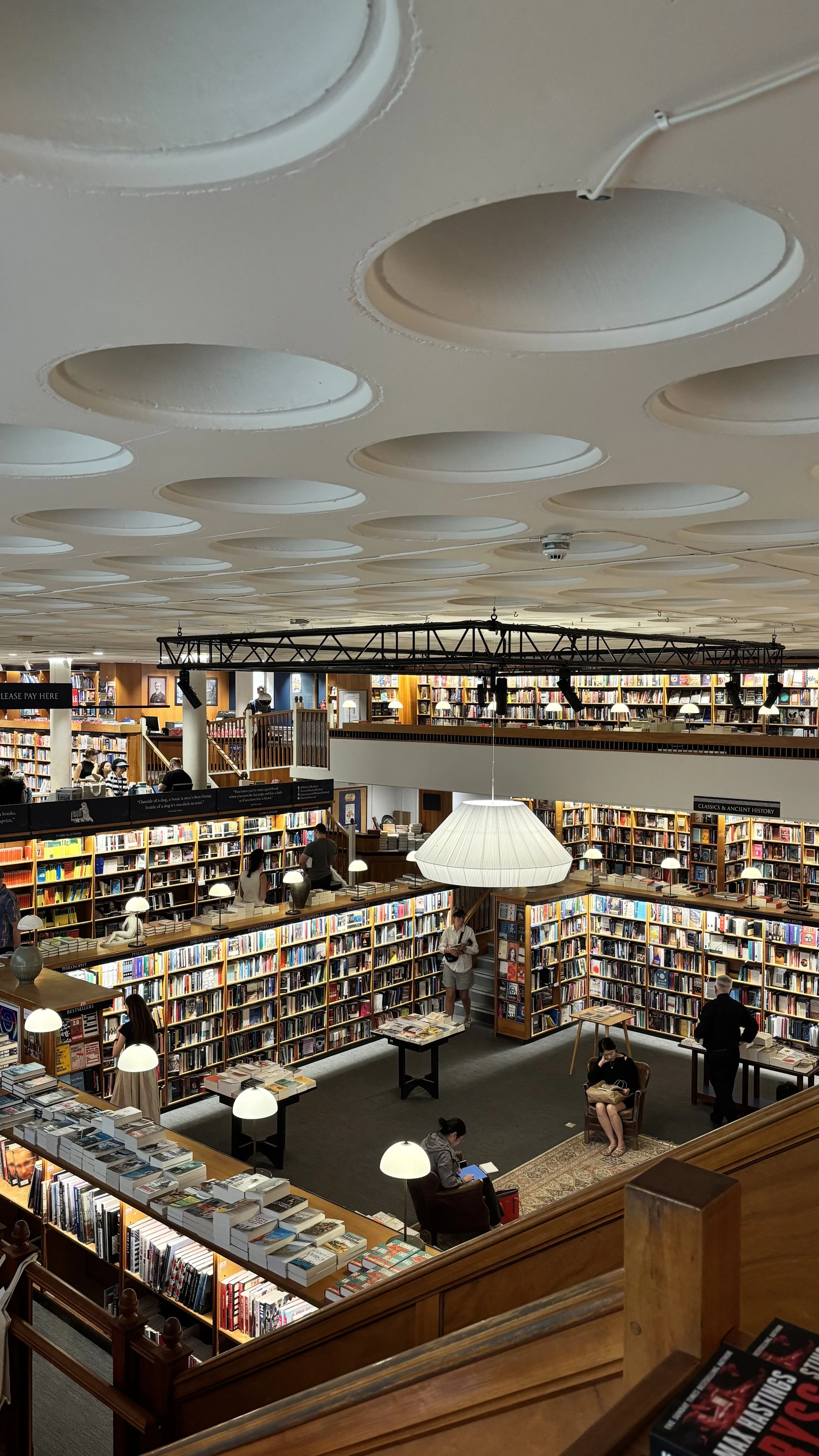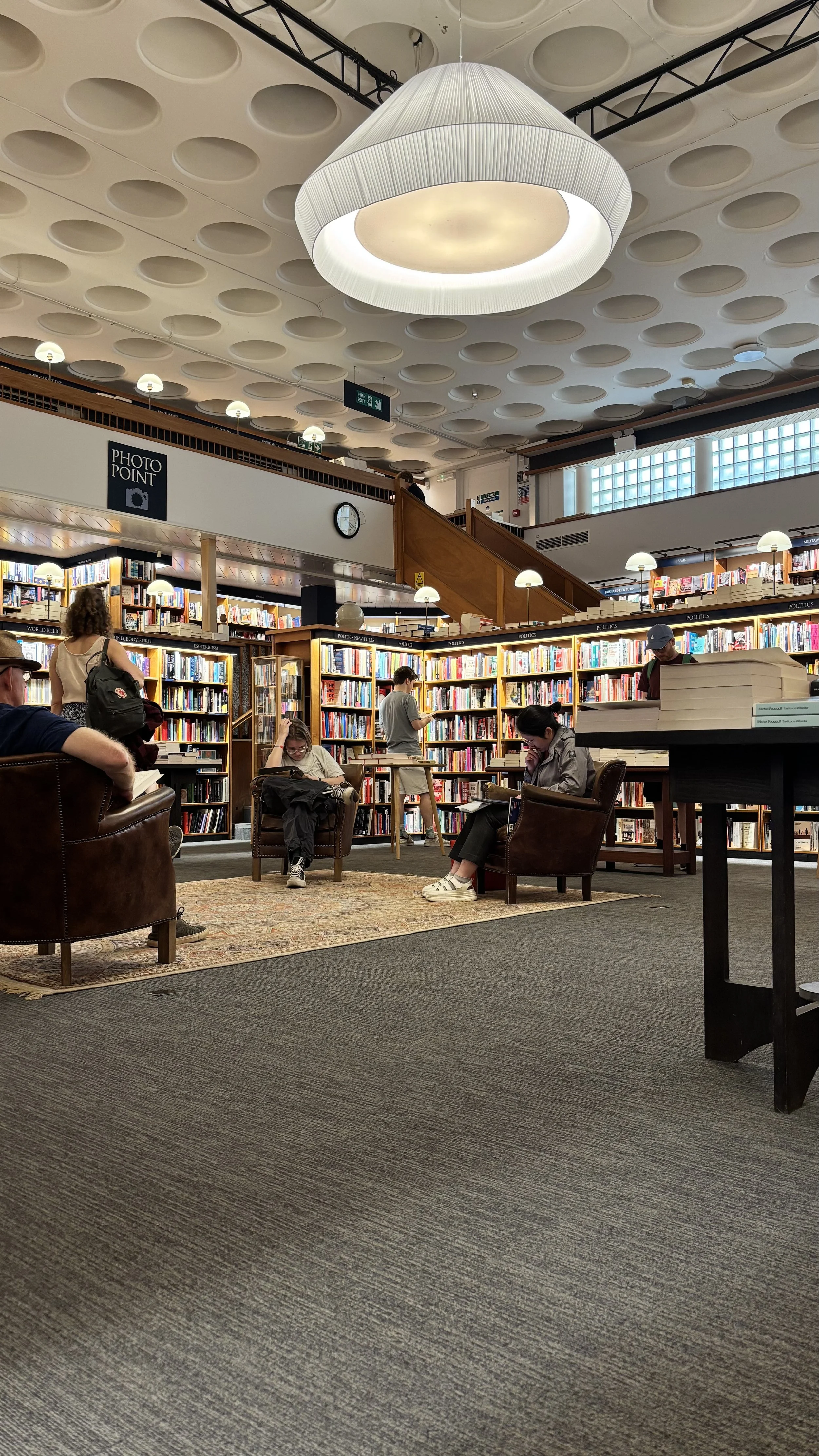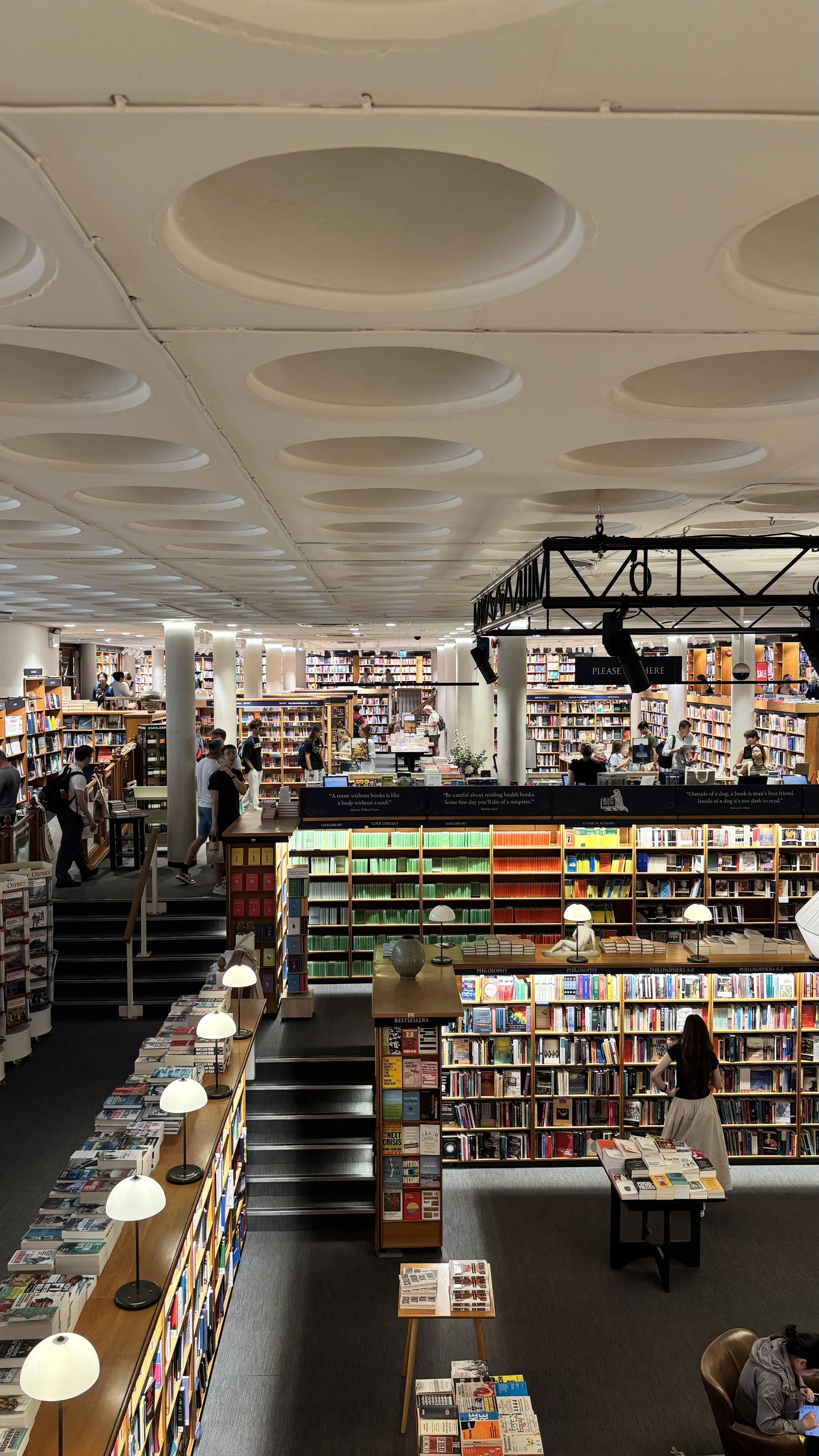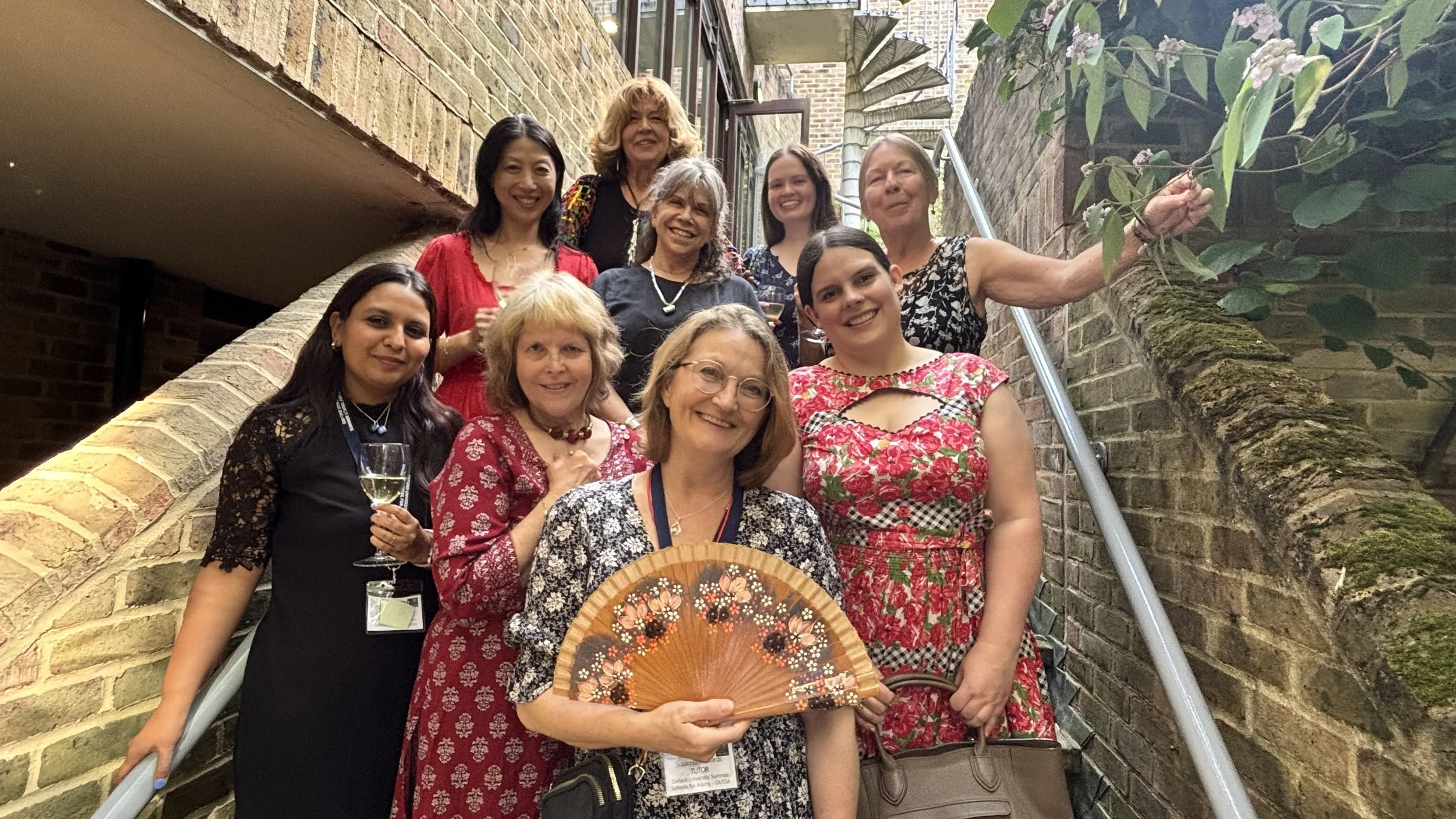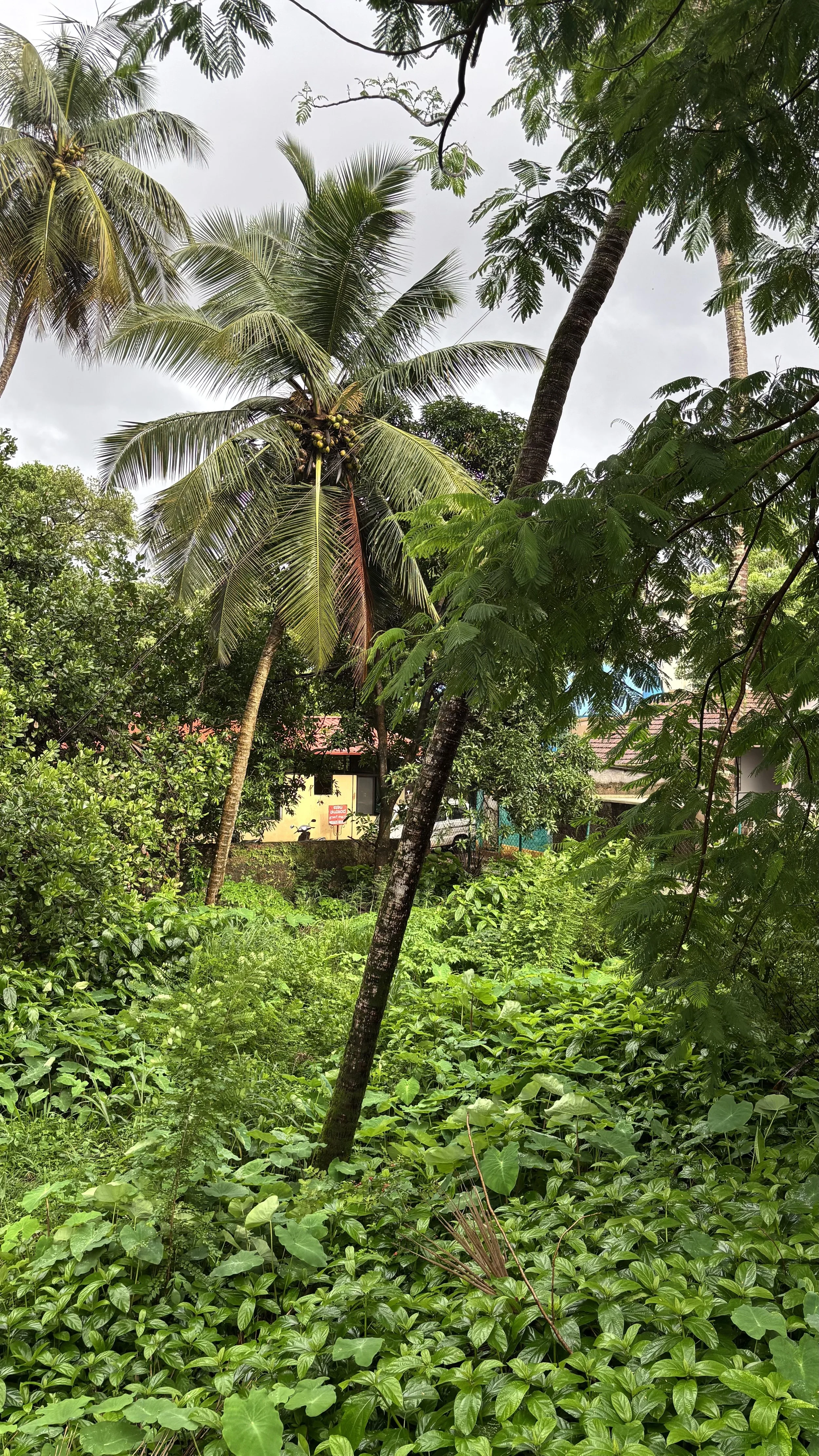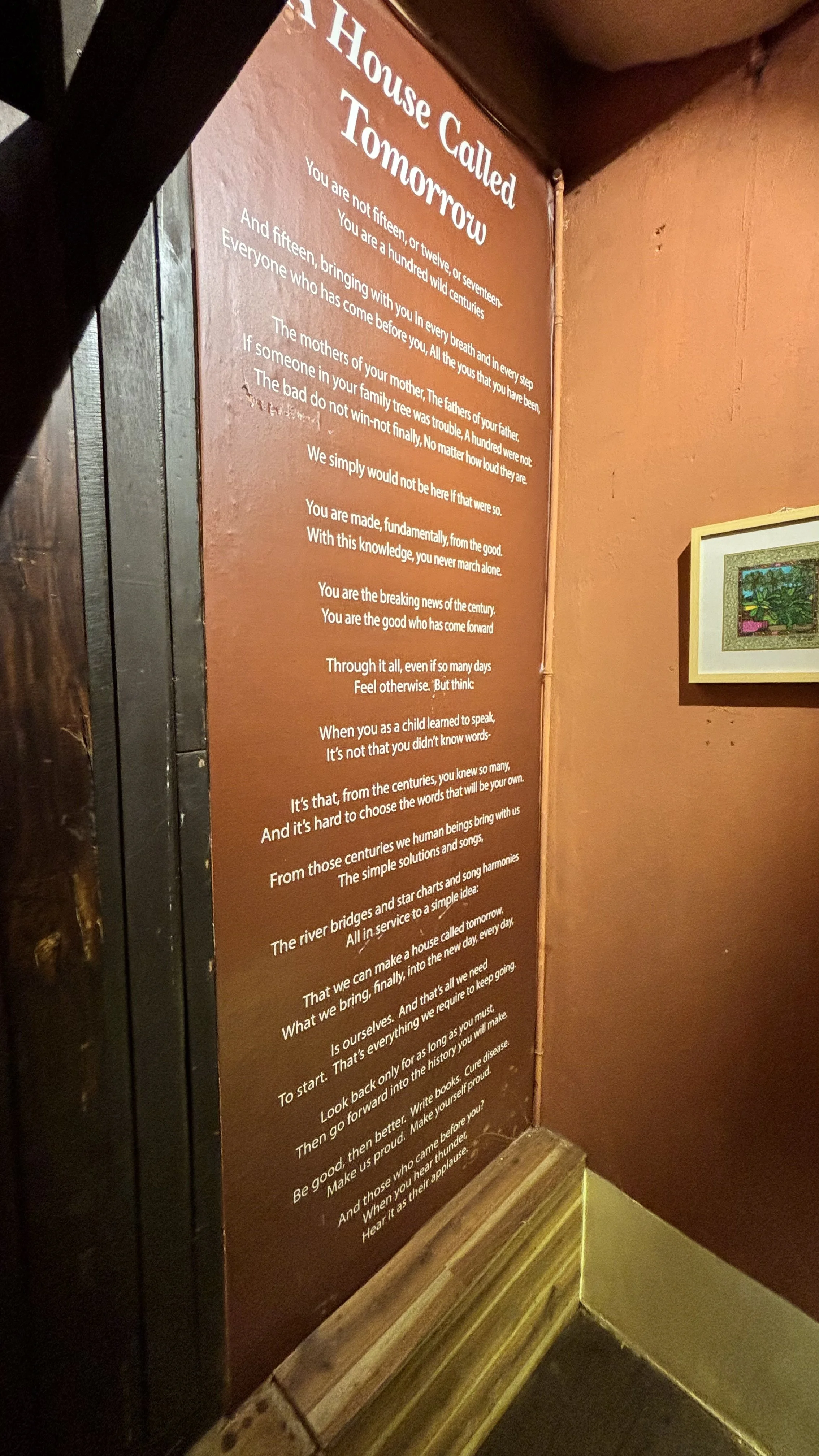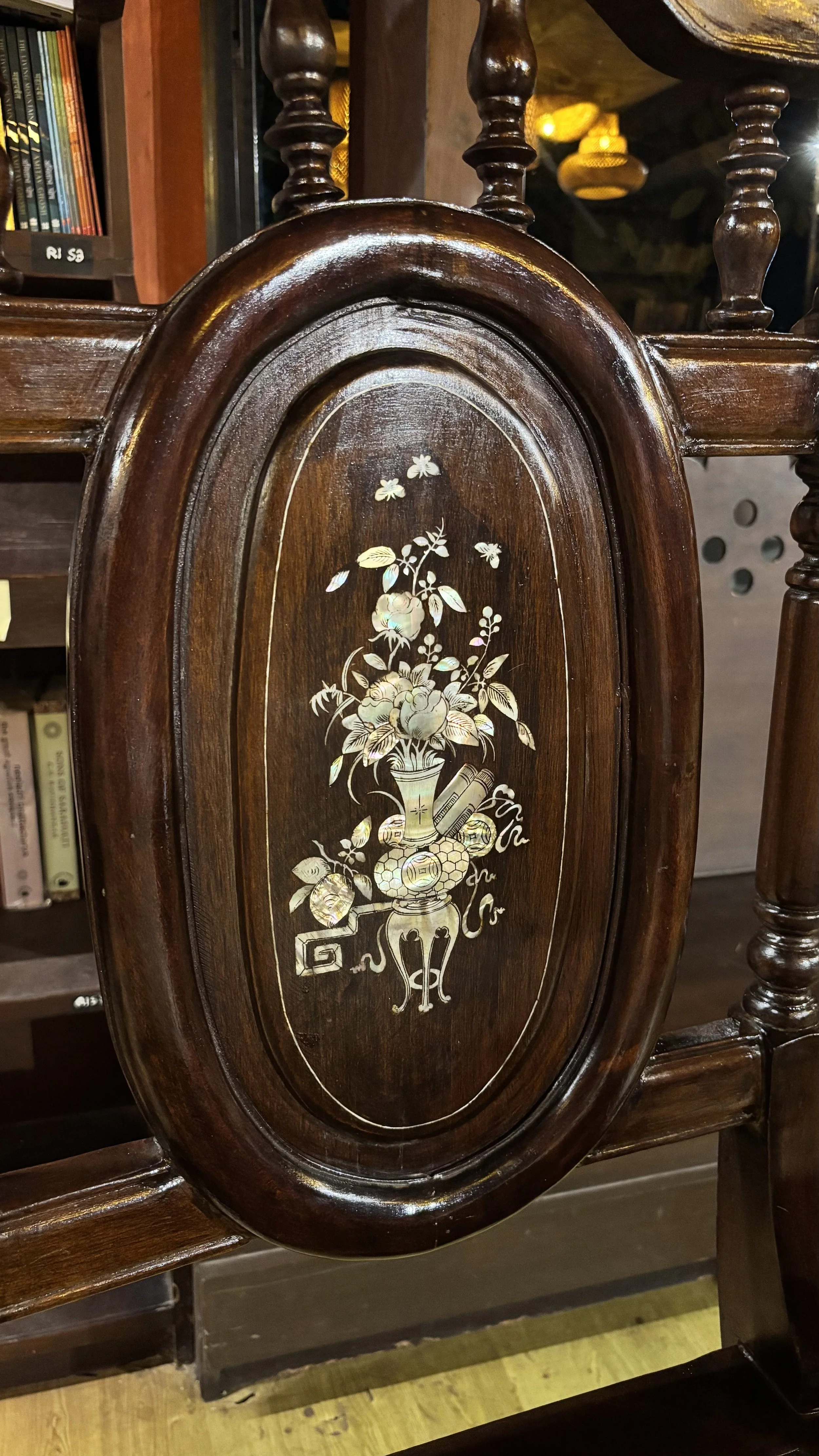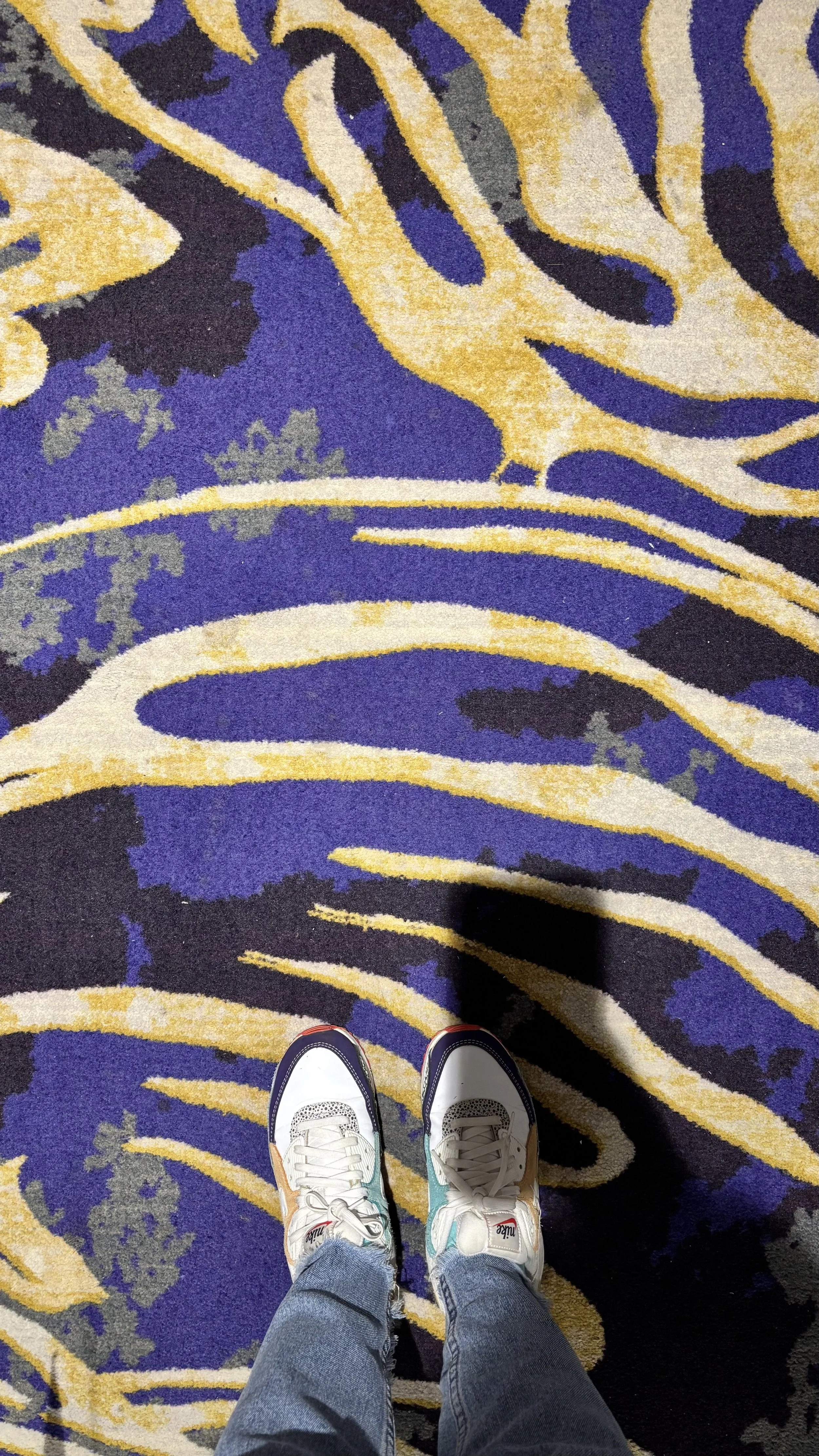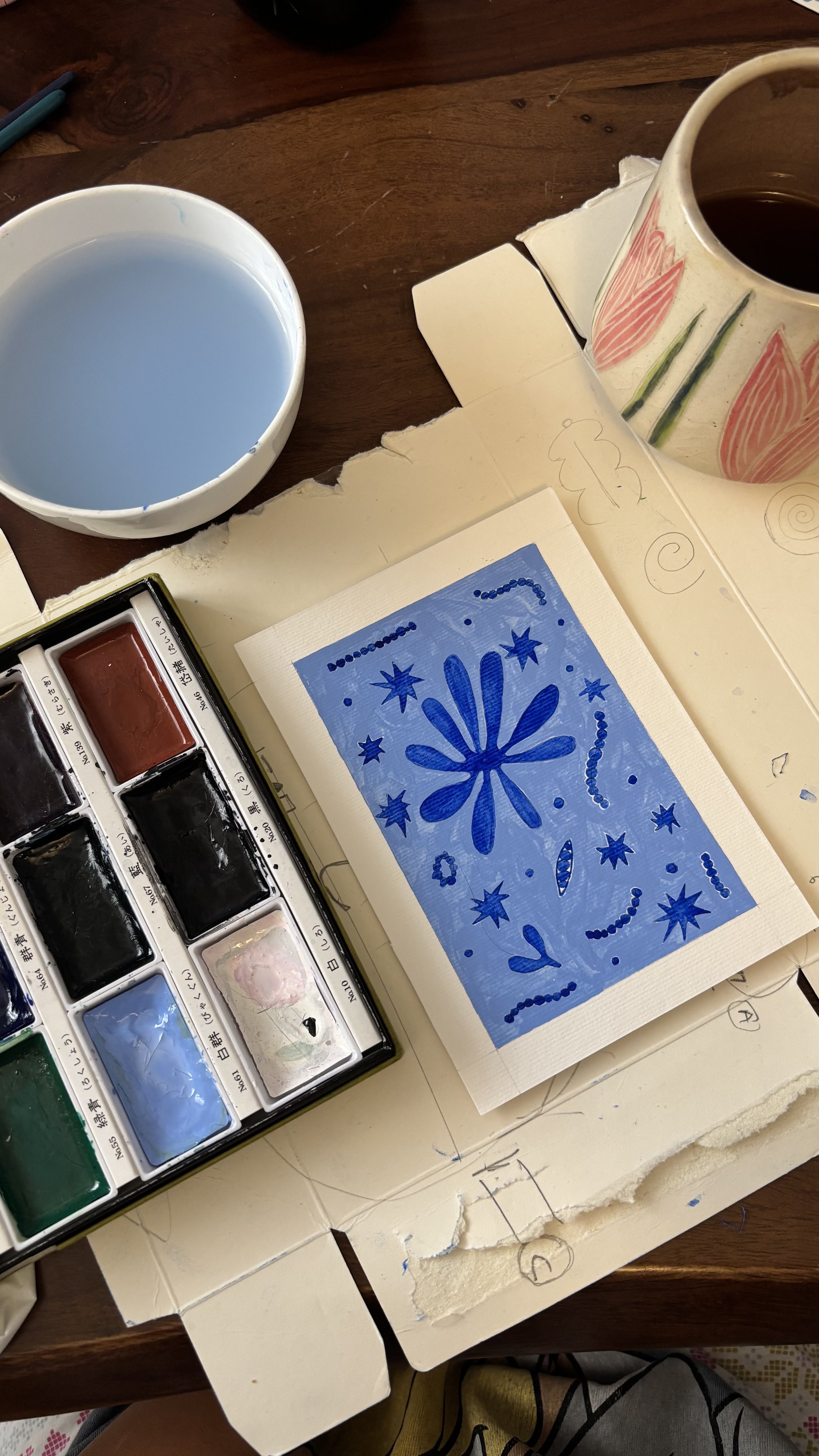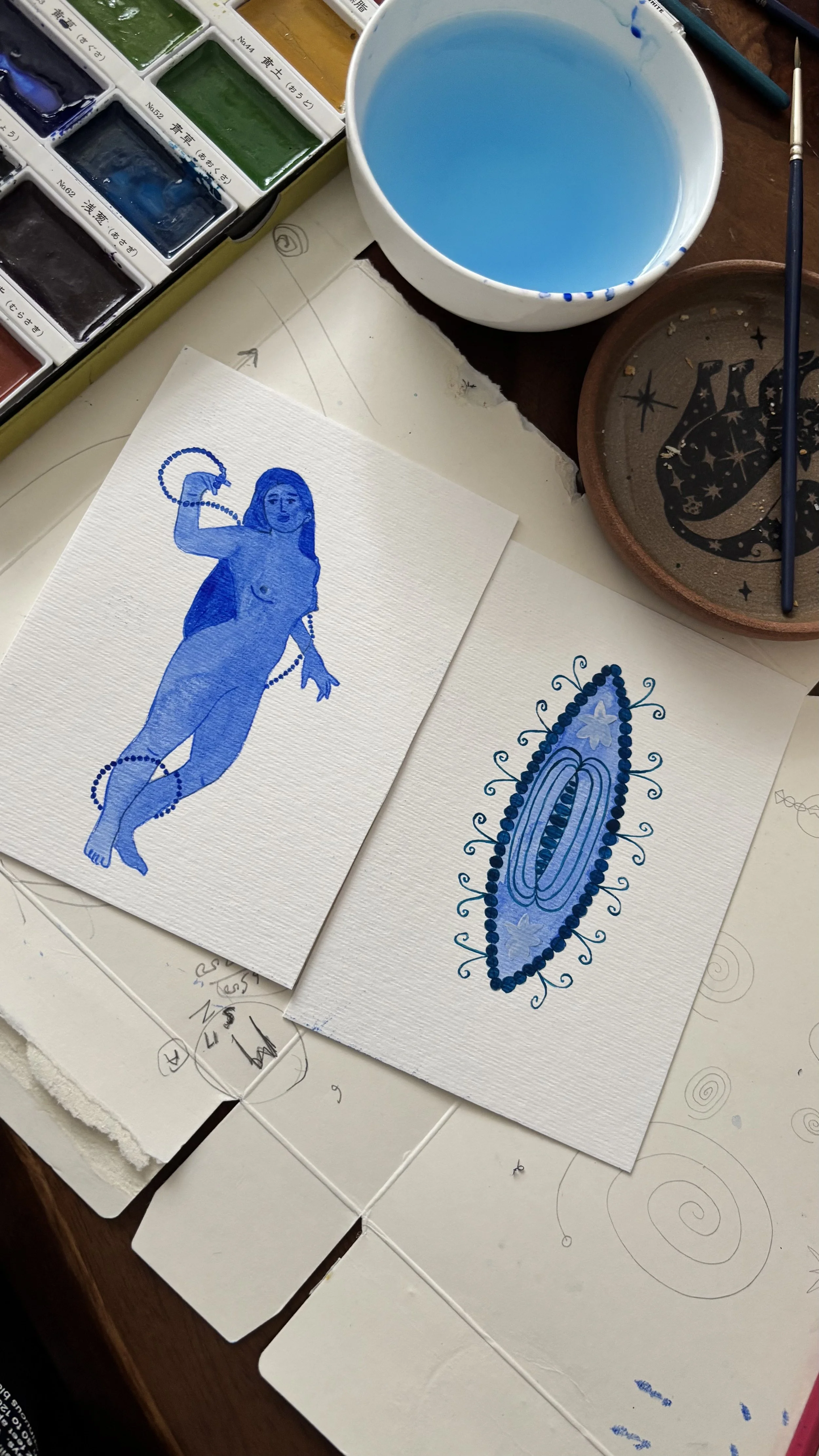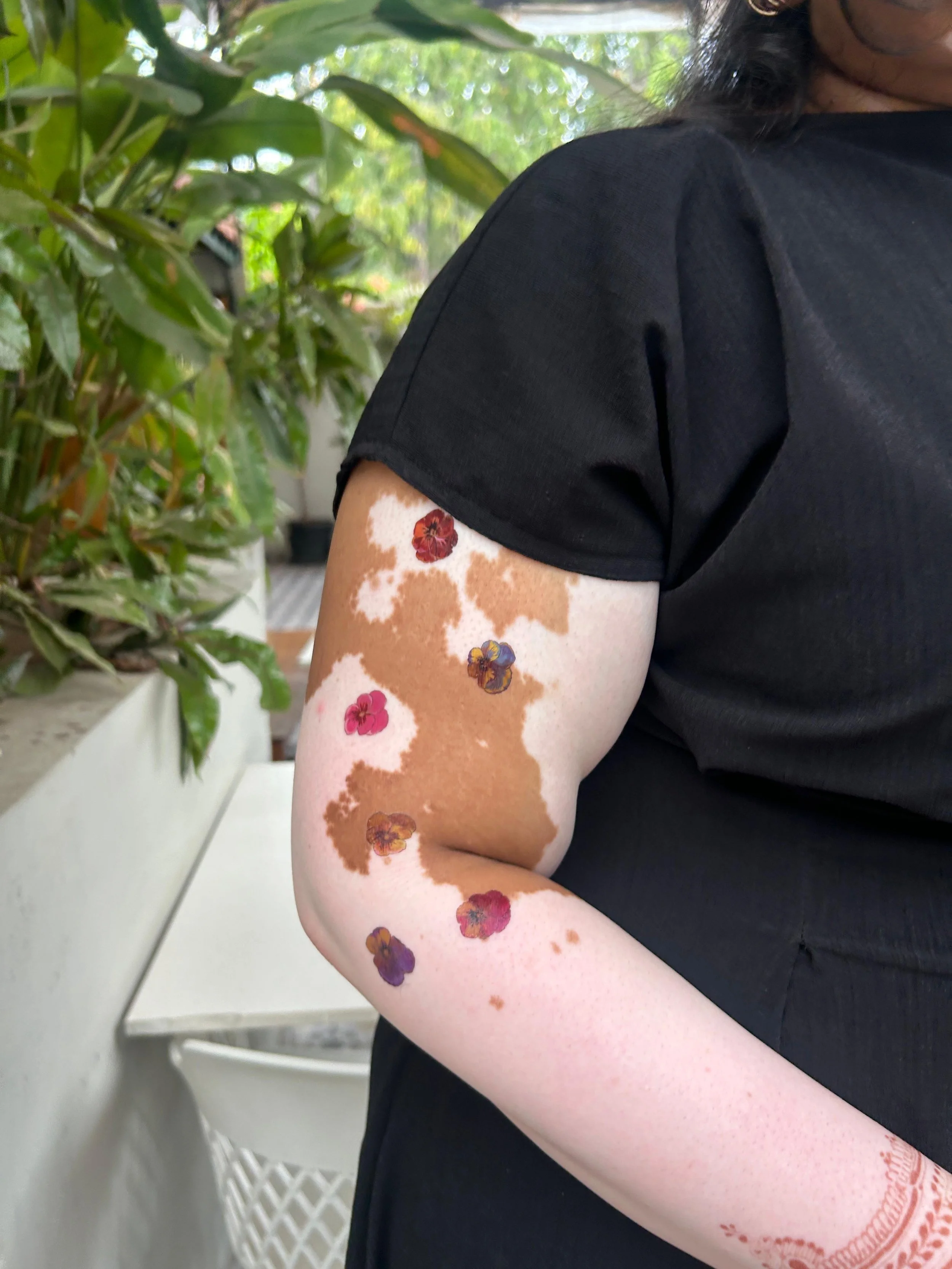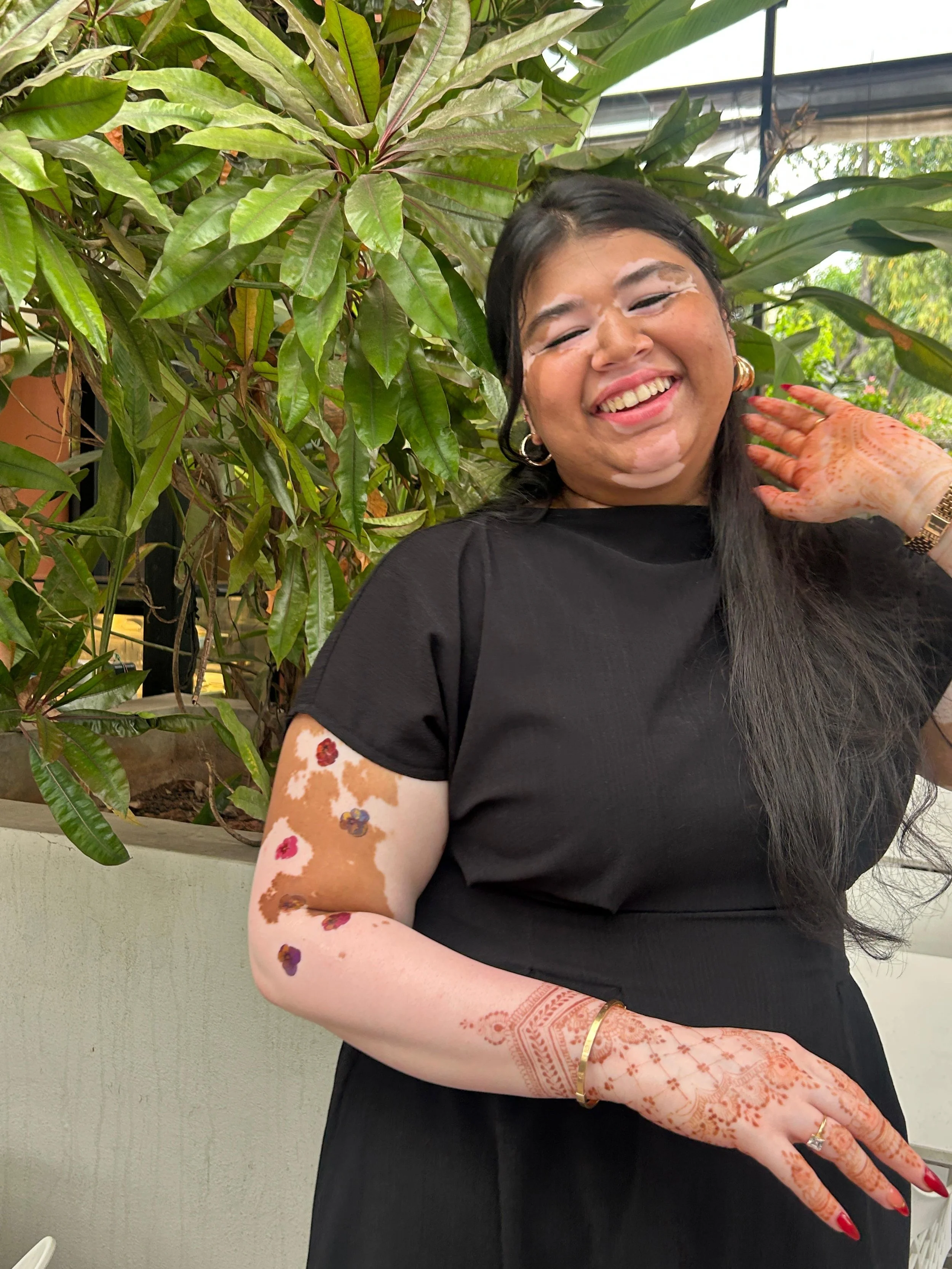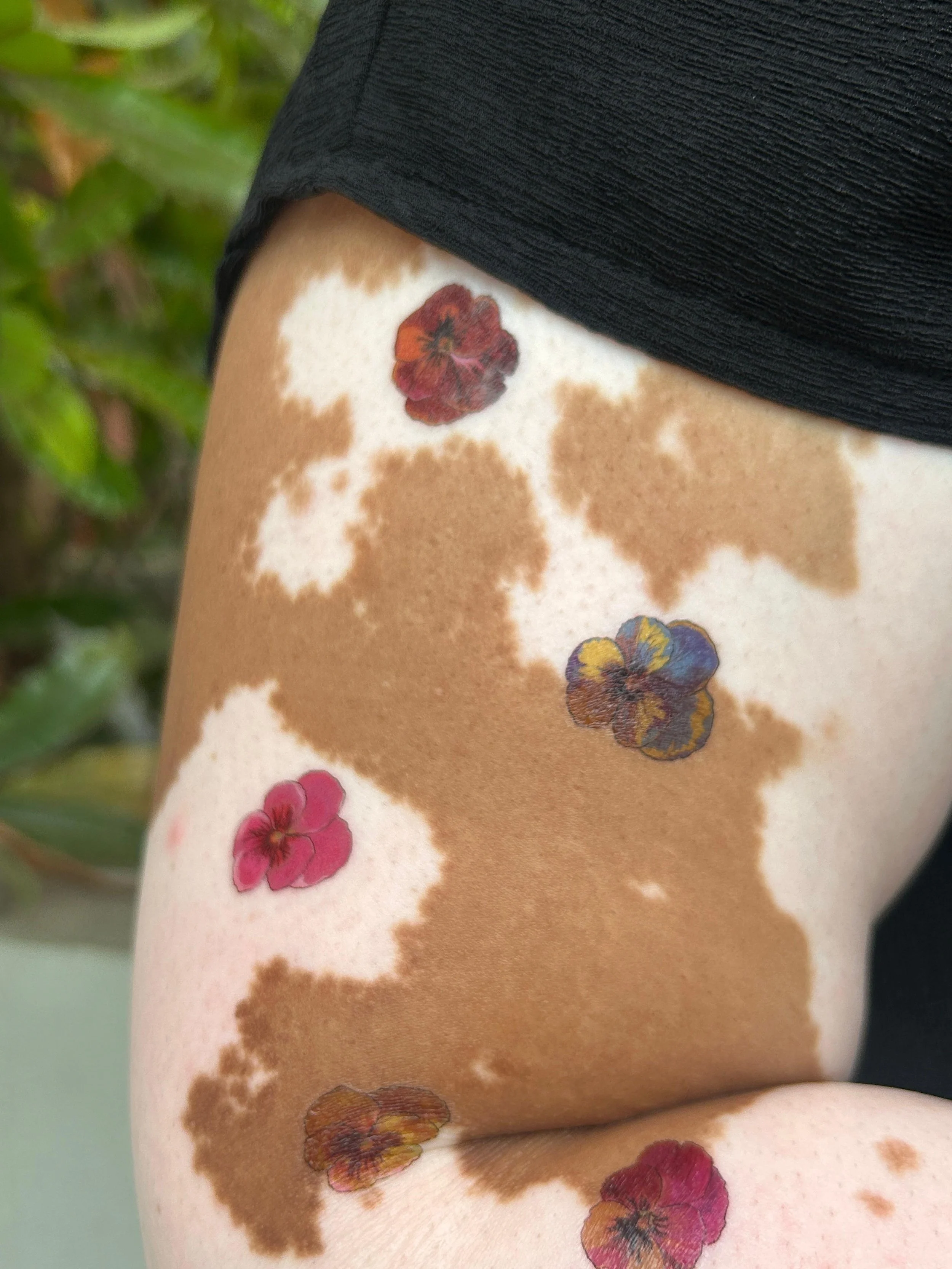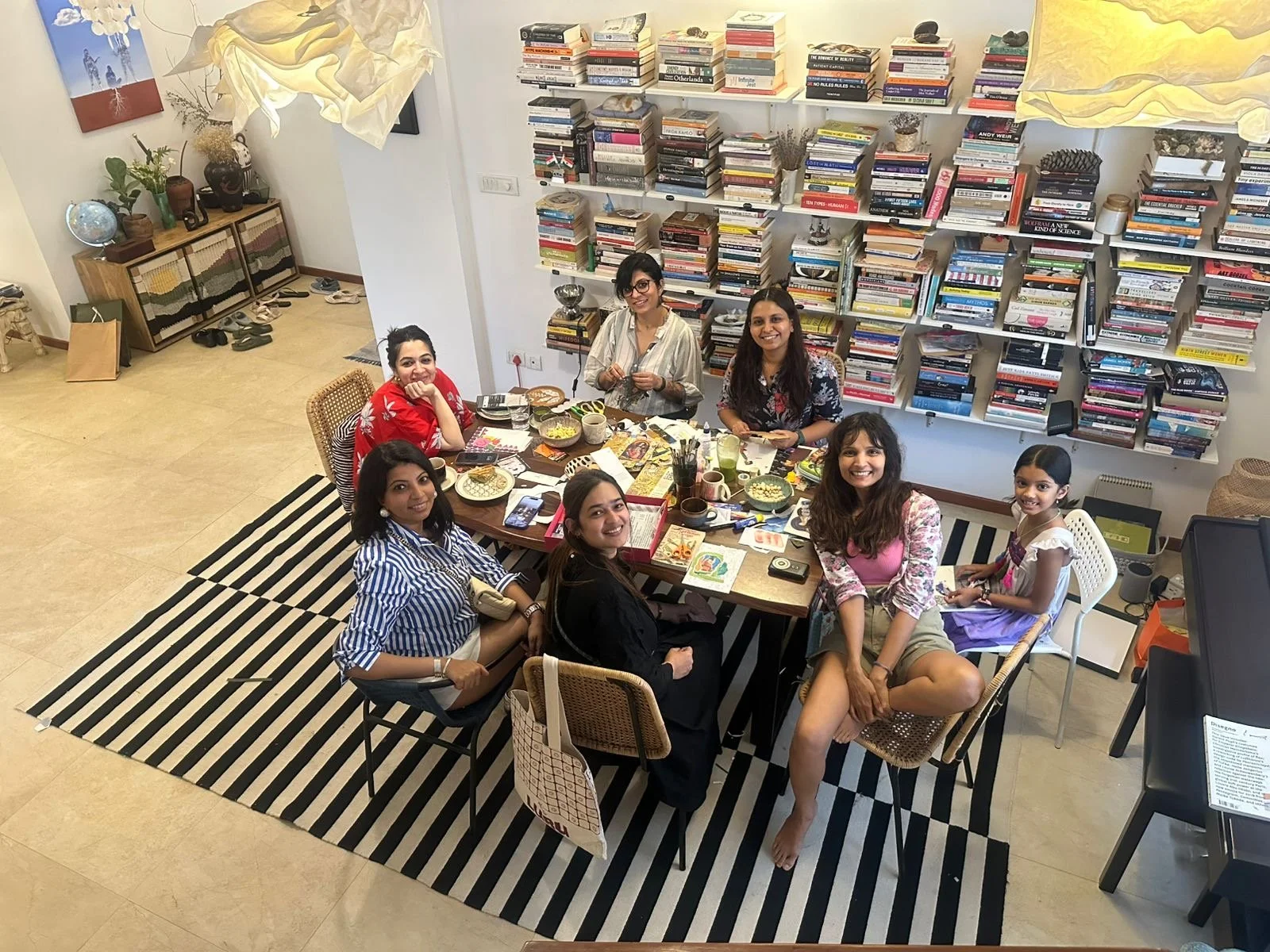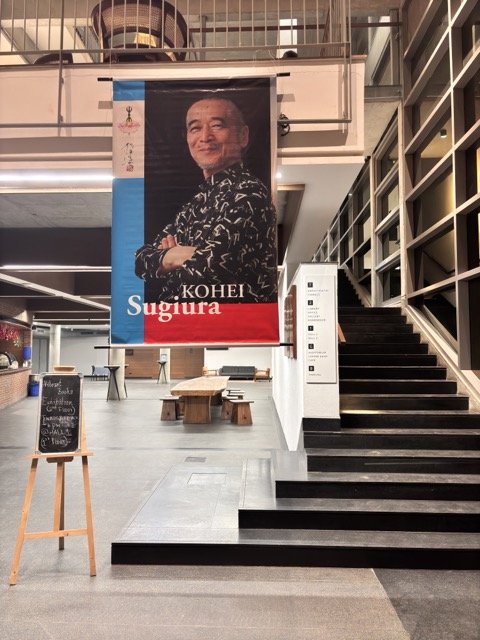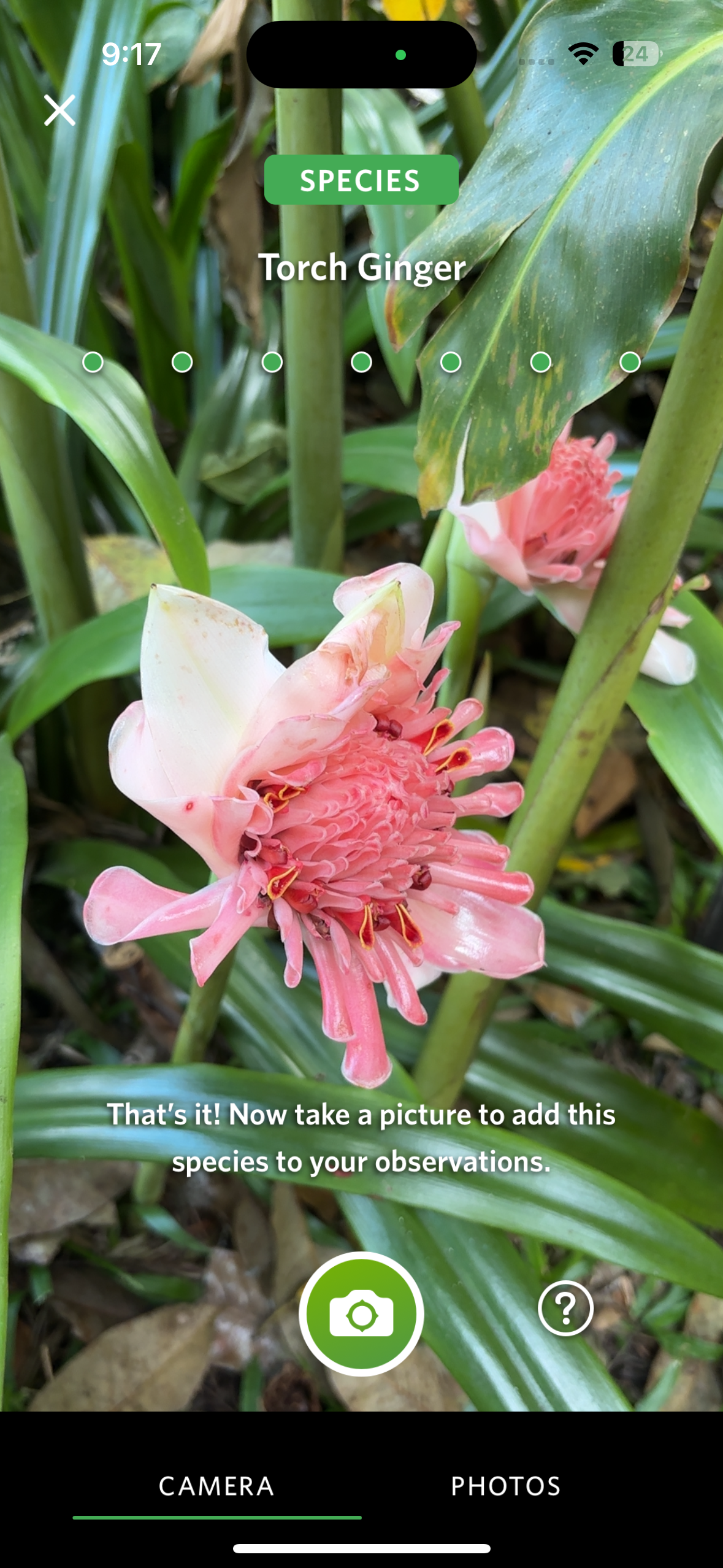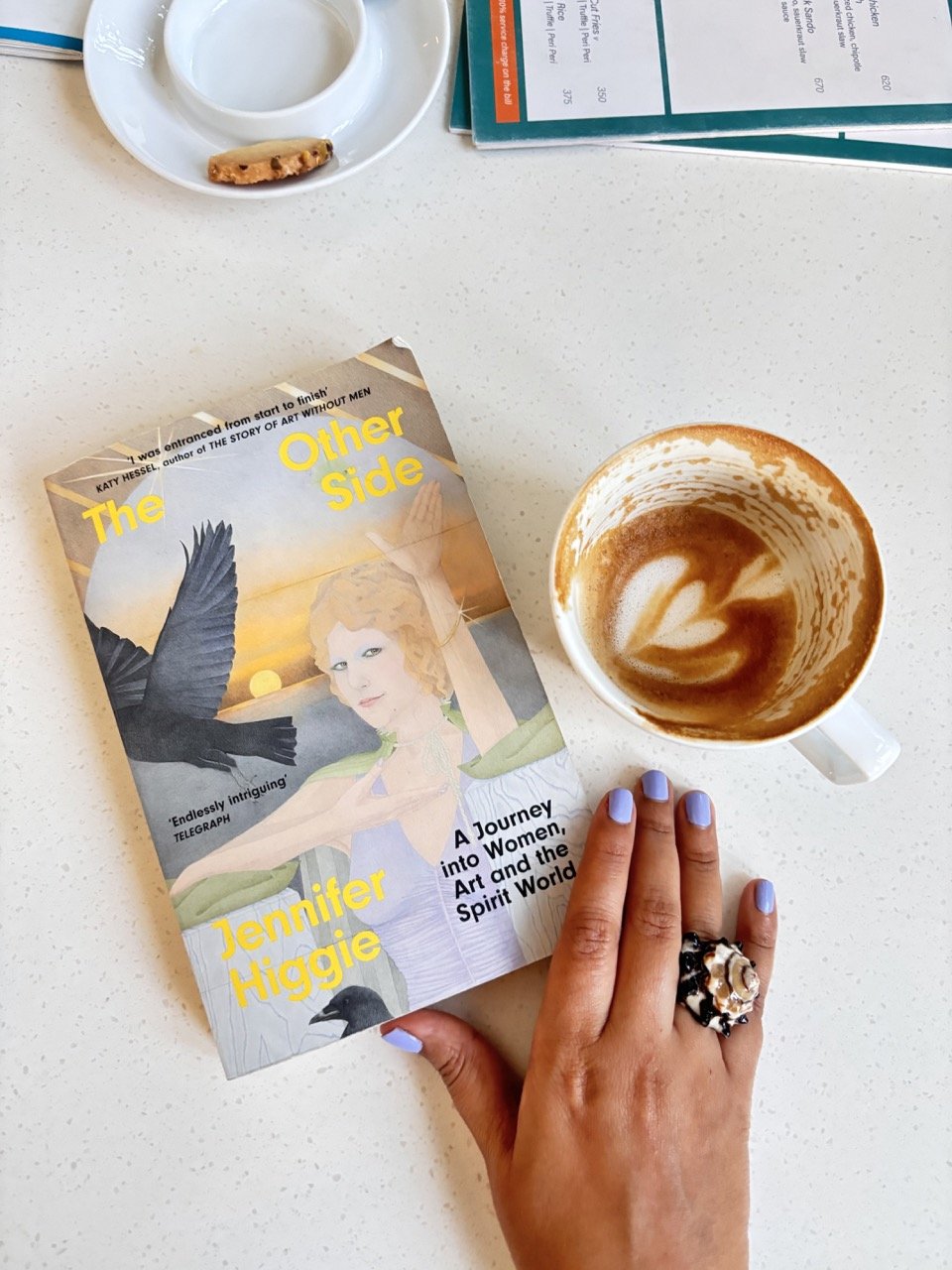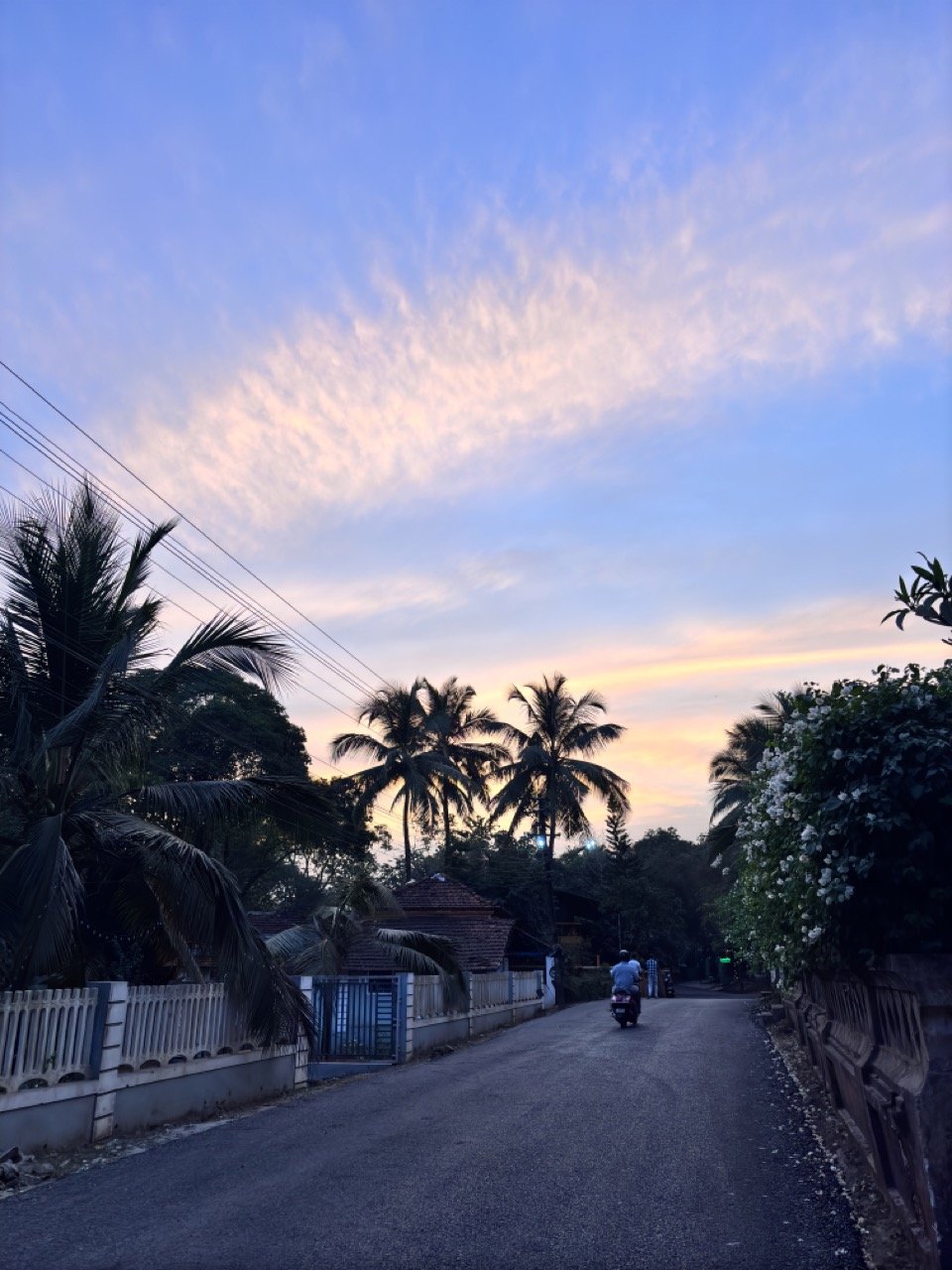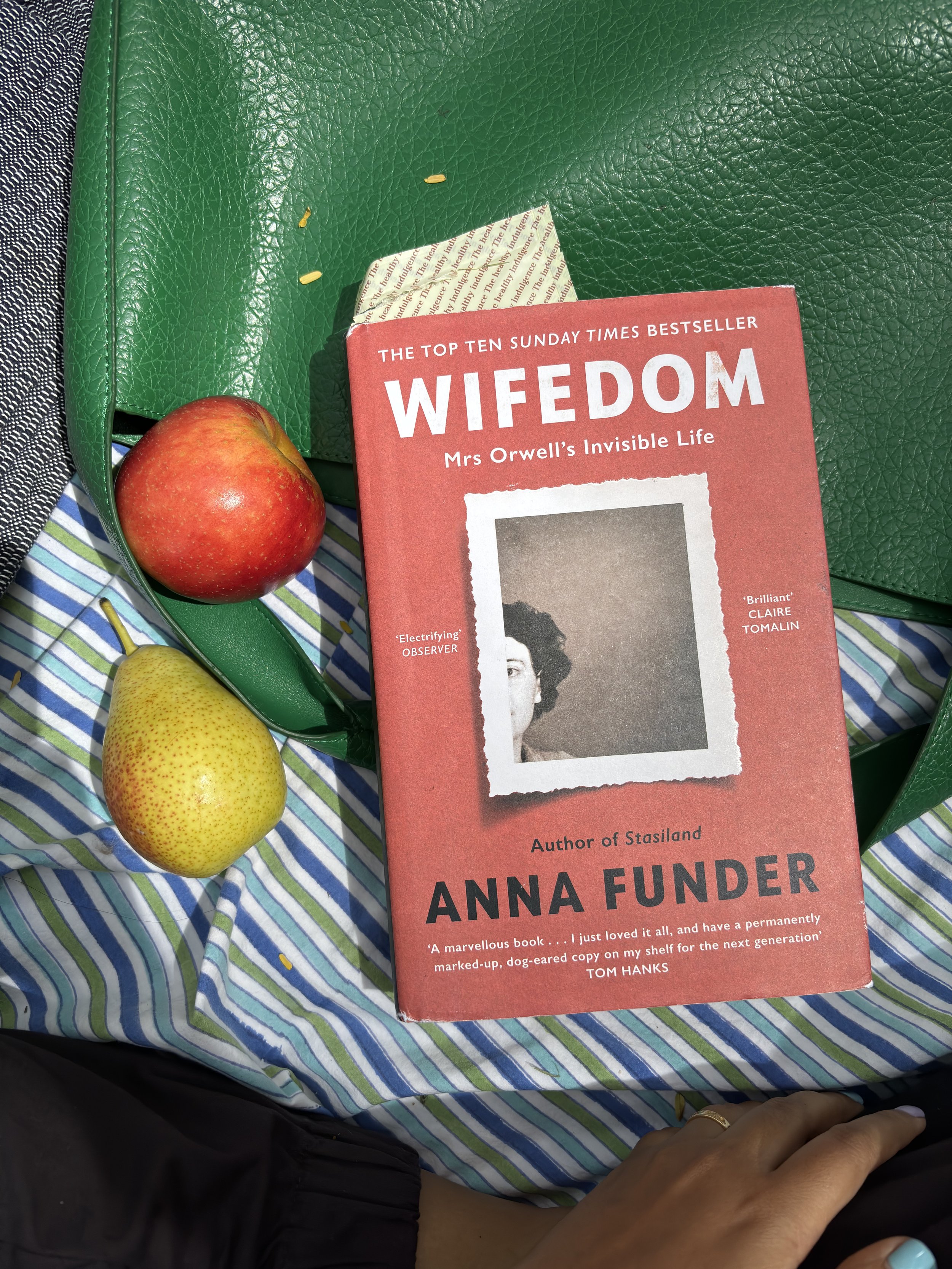When I asked ChatGPT for proverbs by different cultures on bubbles as a metaphor, I got a list of top ten. I am listing a few down below:
“Human life is a dream, and glory is like a bubble’s shadow.” (Chinese)
“A bubble’s dream.” (Japanese)
“The world is like a bubble.” (Persian)
“Man is but a bubble.” (Greek philosopher, Anacharsis)
Quite evidently, across civilisations and cultures, we’ve witnessed this fragile child of soap and water and elevated it to take on the great burden of being the metaphor for life itself.
Looking back, it’s obvious that the little bubble gets this credit of being compared to a magnitude of time that is the human life. The bubble starts its life almost accidently. A thin film of soapy water stretching out helped by the dual nature of soap molecules - one end attracting itself to water and the other repelling it. Imagine the poetry!
This attraction and repulsion stabilises the film and when air is blown, it stretches itself into a sphere and a bubble is born.
One witnesses this birth in awe and wonder. The physicality of blowing air from one’s lungs, watching the soapy film gently accommodating all the blown air and stretching in all directions before changing its very dimension. As soon as our baby bubble is born, light from the universe comes to speak to it and that’s how one sees the sequence of a rainbow playing out right in front of our eyes.
In the colour progression of a bubble, this is how it goes:
Greenish/yellowish for a 1 micron thick film.
Bright blues, greens and reds swirling around in rainbow-like bands for thicknesses of ~500-700 nm.
Pinks, purples and deep blues with thin film of ~200-400 nm.
Black or transparent for extremely thin film < 50 nm.
The black (or transparent) appearance is when the film has become so thin that its unable to reflect visible light. At that moment, at very top of the bubble appears the “death spot”.
The bubble bursts shortly after.
Here is a handy diagram of the colour spectrum in a bubble’s lifetime.
The image from: https://soapbubble.fandom.com/wiki/Evaluating_Bubble_Color
In a matter of mere seconds, one witnesses the improbability of birth, the play of gorgeous light followed by its death. So fast is this cycle played out that one finds oneself in a state of emotional suspended animation because there simply hasn’t been the time to react.
Bubbles are beautiful because their ephemerality is faster than the grip of our consciousness.
Now one can simply dip the bubble ring back in soapy water and blow out more bubbles but one does grieve the passing of a beautiful, resplendent bubble a little bit, isn’t it?
This grieving took the shape of a collective sigh at the packed auditorium where Louis Pearl also known as the “Pope of Soap” was performing his sold out show “The Amazing Bubble Man” at the Edinburgh Fringe, 2025.
In a 60-minute show, Louis - now a 67 year old was blowing bubbles and he had been doing this for 30 years now. During the collective gasping and sighing of the audience (that seemed to have all of Edinburgh’s little ones in attendance), my mind found the time to shift between the bubbles and the artist.
A wikipedia entry reveals Louis turned away from pathology and medicine after viewing the cadaver of ‘philosophical entertainer’, Alan Watts. Another death reference.
It was while studying local aquatic species that entailed scuba diving, he became fascinated with the bubbles he was exhaling and began to look at them with scientific curiosity.
“In a college art class, during a mandated two-minute performance he blew into a giant bubble using an Impala horn which would serve as inspiration for his future career.”
Louis Pearl stood on stage explaining the science of bubbles, Bernoulli’s principle, the life cycle of a bubble in its colour shifts, his story of how he came to be blowing bubbles for a career.
All this while, his hands were busy making huge, most beautiful bubbles I had seen in my life. He enveloped little kids with giant bubbles, made a mama bubble and blew tens of bubbles inside a make-believe bubble belly. He made a bubble caterpillar and taught the audience how to make bubbles with common items found in homes.
For those 60 minutes, the entire audience was in the palm of his hands. The gasps of seeing those huge, shiny iridescent globules of rainbow light and the signs when each of them burst was the only music in the performance.
I left the auditorium in deep awe - both at the artist and the medium. It takes a truly great artist to elongate an ephemeral bubble of a life and ascend it to heavens, doesn’t it?



